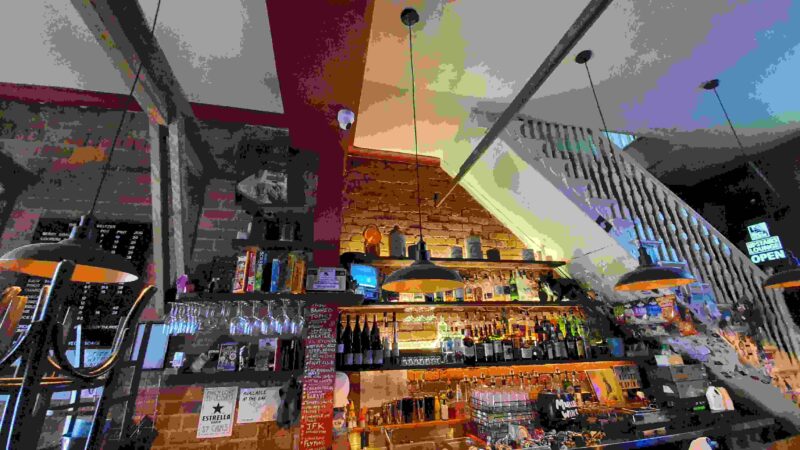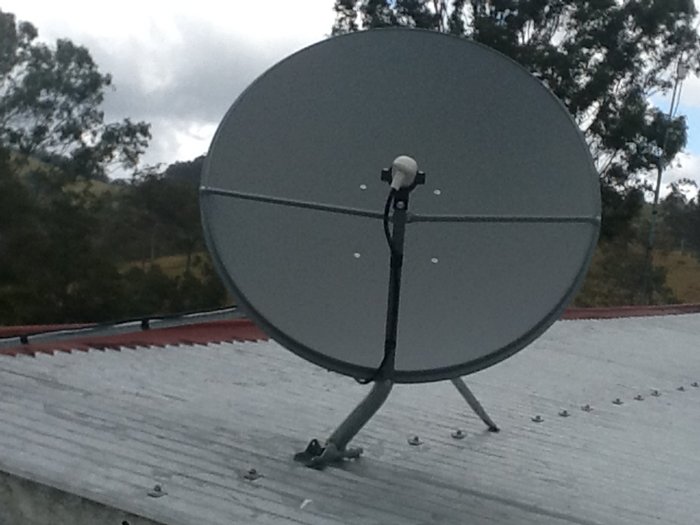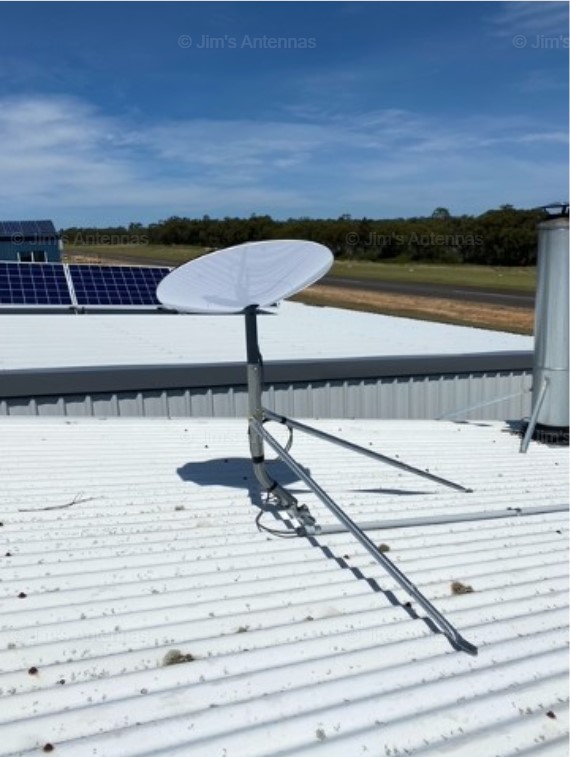At Jim’s Antennas, antenna installation costs start from $250 and will vary depending on the type of antenna and related equipment needed to deliver a strong and reliable signal.
To find how much the installation would cost exactly for you, we provide a free onsite, no obligation quote.
There are three main questions to ask yourself, ‘How hard will the installation be?’, ‘How long will it take?’, and ‘Is additional or specialised equipment required?’.
There are a few factors that will affect the cost of the installation:
- Roof Type & Access
The price of an antenna installation depends on the roof type, roof material, roof height and pitch and how easy it is to run cabling to the desired locations.
- Existing Home vs New Build
Whilst the construction of your home does not tend to affect the price of your antenna installation, it is important to consider if you are installing both a new antenna and TV points installed. For example, a non-standard build, such as a full or double brick house, Hebel and Foam construction, will make it a more difficult installation. This is often the case with older homes, and makes it harder to reach the often small, wall cavity. Modern homes with Hebel panels often face the same issue as they usually have extremely tight or no wall cavities. These types of home builds will cause installation prices to increase as more time is spent to install compared to homes with larger cavities and easier access, and are more likely to be closer to the baseline cost. If you are building a new home, consider pre-wiring as installation will be cheaper than adding new TV points once your home has already been constructed.
- Location
Location determines the signal strength you are able to receive and the necessary additional equipment.
Firstly, different antenna types are recommended for specific locations. Moreover, given our particular Australian weather conditions, Australian-made antennas are highly recommended as they are designed to withstand these conditions such as strong winds, hot sun and salty air. Our recommended brands include: Hills, Matchmaster, and Digitek. Whether or not you need a VHF or UHF antenna is also determined by the location, and whilst they are similar in price, a combination antenna would typically be more expensive, but allow you to access all available free-to-air channels.
Secondly, certain additional equipment may be required. Amplifiers and guyed masting may be needed to improve the strength of your signal if you have multiple free-to-air TV points or low signal strength. Splitters are used to distribute the signal received by an antenna with the number of TVs in a home.
Attenuators may be necessary to reduce signal strength for those who live closer to transmitter towers, as too strong a signal can cause pixelation or burn out your TV’s tuner. Finally, bird-proofing could be required so that birds cannot land on your antenna and disrupt your antenna.
For more information, read our article on ‘How Much Does TV Antenna Installation Cost’.



